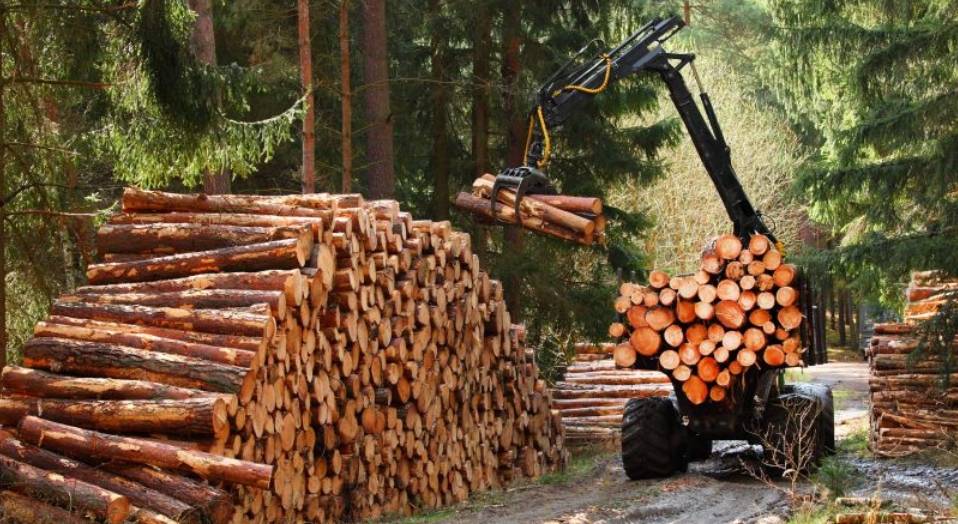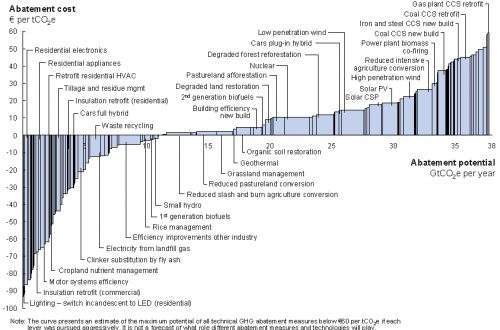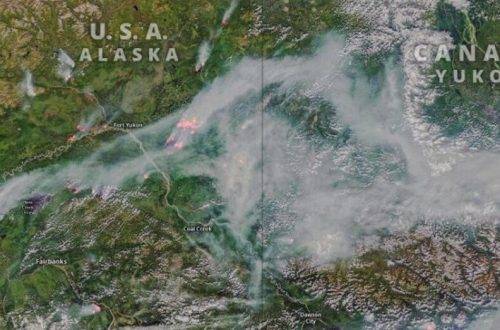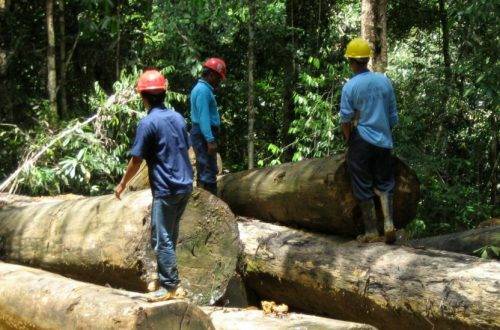
Silviculture: the urgency to act to clean up the massif
Before considering any reforestation, the race against time is on to prevent the plots damaged by the summer fires from falling victim to insect attacks.
Burned wood is not necessarily unusable. This is good news for the Landes massif due to forest fires during the summer. “In reality, there are two types of plots, specifies Stéphane Latour, director of the Fédération des industries du bois de Nouvelle-Aquitaine and Fibois Landes de Gascogne. Surfaces made up of young stands are not recoverable, but for the others, it is still possible to use the wood for the sawmill, papermaking, panel and wood energy industries.»
The areas burned this summer are made up of a third of young stands that will have to be crushed. The other two thirds are potentially exploitable. Provided you act quickly. Very quickly ! “We hope to be able to clean the plots and recover the burnt wood before next spring. Beyond that, the risk is to see insect pests swarming, not only in the disaster areas, but also in the surrounding healthy stands.
WORKFORCE TENSIONS
Companies are already at work on the ground. But it will be necessary to call on additional resources from other regions of France to carry out all the operations on time.
“With the fires, we find ourselves with a volume of nearly 3 million m3 of wood to be treated urgently. This is equivalent to half of an annual harvest. We are not at all on the same volumes as with the Klaus storm of 2009 which had landed 40 million m3. And of course we have a potential of machines already present on the massif. But these 3 million m3 are added to the normal exploitation of green woods that we must also ensure. » After the Klaus storm, 200,000 hectares were replanted and the massif is under development. These areas require thinning every five years.
This surplus of activity comes at a time when pressures on the workforce are greater than in 2009.
“We are having difficulty recruiting. Moreover, before the fires, we had launched a plan to recruit and train 150 forest machine operators over three years. »
LOSS OF FUTURE VALUE
The problem, besides the threat posed by bark beetles, is that the more the wood degrades, the more its quality decreases. Already, foresters are expecting a technical discount.
“The charred bark is difficult to recover. This will complicate the work of processors, because the burnt parts must be eliminated for many industrial processes. The other danger is that the antlers have suffered heat-related damage. “Technical constraints require that the trees not be not completely dried out. This would make them too brittle for sawing, and with too poor fiber quality for papermaking. “Assessments are in progress.
If it turns out that the damaged trees can be recovered, Stéphane Latour believes that the owners should be able to sell them properly. “The markets are quite active. There is a strong demand for renewable products and raw materials. »
The damage to foresters will come mainly from the loss of future value. Normally, pine trees are harvested between 30 and 50 years old. But the fires did not discriminate. “Owners will be forced to prematurely harvest 20-year-old trees that should have generated income for them over several years. Those with stands that are too young will mostly get nothing, as only 10% to 15% of owners are insured. “We are asking for help to be given to them. »
REFORESTATION IN TWO YEARS
Once the plots have been cleaned, it will take two years to consider replanting. “We have to let two summers pass to avoid the development of insect populations and reforest in safe sanitary conditions. The question of the species to be relocated will then arise. “A bibliographic study was commissioned by the State to enable the actors to position themselves. But probably, maritime pine will remain predominant, because it is best suited to the Landes de Gascogne massif. It is an autochthonous species that was present in Marensin and Bazadais well before the 19th century and its extension into marshy areas. Resistant to drought and high temperatures, it also comes out on top when it comes to its adaptation to climate change. However, for questions of diversity and health reasons, reforestation programs will undoubtedly propose the establishment of hardwoods in addition to pines. Hardwoods which are already present in the massif up to 20% of the surfaces. »
And faced with the detractors of pine who reproach it for its highly flammable nature, Stéphane Latour wants to be pragmatic. “In the climatic conditions that we experienced, no species or mixture would have resisted. »




